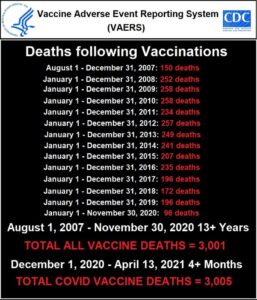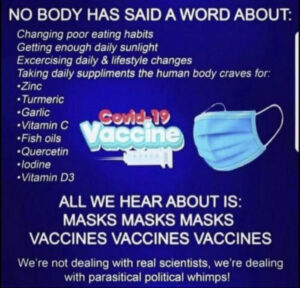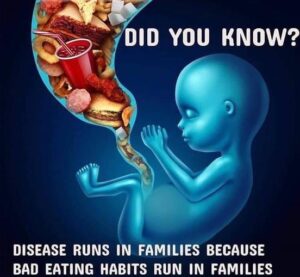
Consider The Evidence

Not quite right. Intelligence is better defined as the ability to solve problems. But you cannot accurately solve problems if you are holding fast to a collection of false datums. And the best time to solve a problem is well in advance of needing to.
US Deaths From Vaccines

Just in case you wonder if those doctors speaking out against the “thoroughly tested” COVID vaccine are being a bit over dramatic in their sweeping condemnation of it, look at these statistics from the CDC. Also keep in mind that by their own commissioned research, only 1% of Vaccine Adverse Events are reported.
Pesticides are meant to help us grow food, but instead they are polluting our farmland and water sources beyond repair

Chemical pesticides were developed in order to support crop growth, keeping away potentially harmful “pests” from our vital food supply. But we have known for a long time now that pesticides can also be quite harmful to people and animals that ingest them, either directly on food or through polluted water and soil sources. These chemicals are made to be toxic, and unfortunately it’s impossible to pick and choose who they hurt. The extent of this possible harm has been hard to quantify. Until now. Please sign this petition to forward the reduction of pesticide use.
https://www.thepetitionsite.com/takeaction/739/360/341/?
Parasitic Political Whimps

Disease Runs In Families

Unmasked Unmuzzled Unvaccinated Unafraid

Wise Words For Teenagers

It Is Mutating

Never Fear Doing Right

